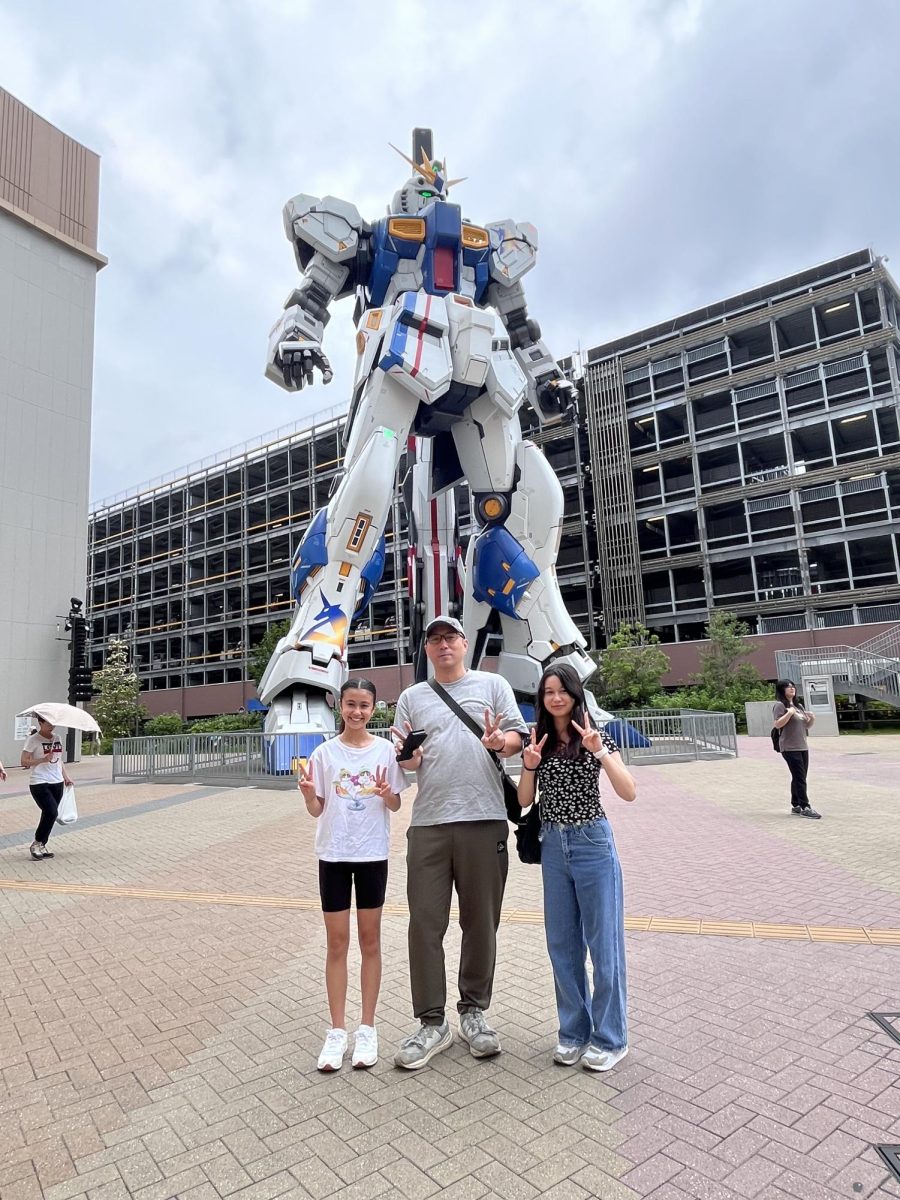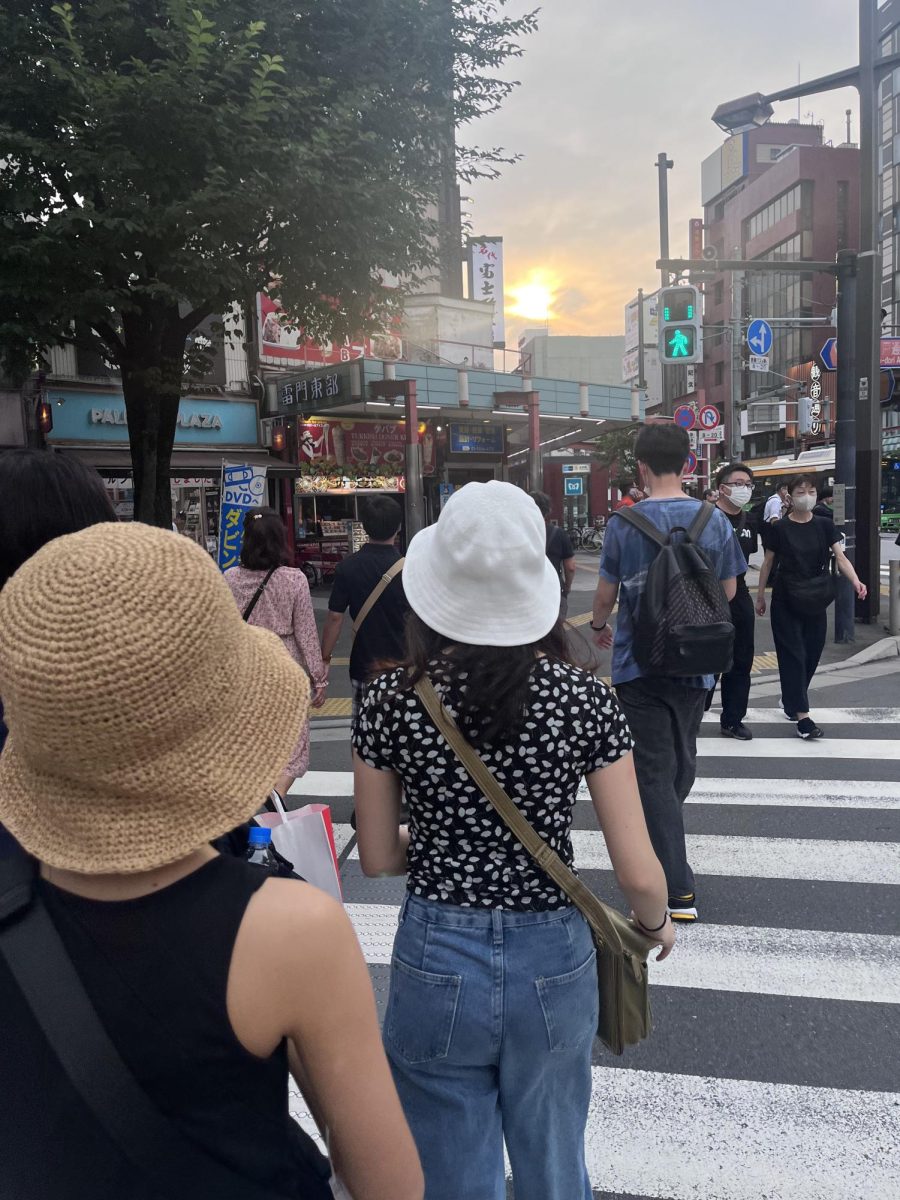White Station High School students come from a variety of cultures and backgrounds. Some students identify with multiple cultures, which can lead to a different experience compared to those who identify with one culture. One such student is Julia Mendez (9) who has a white mother from Minnesota and a Hispanic father from Guatemala.
“I have [been to Guatemala],” Mendez said. “It’s very community-based. When you go [to Guatemala], people come up to you and talk to you … when you go somewhere, you go there with your entire family.
Mendez embraces many parts of Guatemalan culture, including eating Guatemalan food. Another multicultural student, Aylla Wexler (11), is half-Japanese and half-white and has a similar experience to Mendez.
“I usually do eat Japanese food often, [because] my mom cooks it,” Wexler said. “We do have a Japanese festival in November every year at [the] Botanic Gardens. That’s when the Japanese community actually does come together and we have a big festival. … A lot of people do actually dress in their cultural clothing so it kinda is nice.”
While both Mendez and Wexler are half-white, the other cultures they identify with differ from white American culture, especially when it comes to respect. Because of this difference, talking to their family may involve code-switching depending on which side of the family the student is speaking to.
“[In] Guatemalan culture … you respect your elders a lot more,” Mendez said. “If somebody, [like] your parents or a teacher tells you to do something, you do it when you’re told and nothing else. It’s very like touchy-feely. You’re supposed to be social and you’re like kind and open [to everyone] a lot. With … white American culture … there’s a lot more nuance when it comes to relationships with older people, and you aren’t as pressured to constantly be social. Guatemala’s just much more based on tradition than America is.”
Alongside potential difficulties with their families, multicultural students may feel disconnected from their peers. Differences in culture may cause multicultural students to feel excluded or unable to relate to friends and classmates.
“When [my white friends] talk about certain things about family and all that, I guess I can’t really relate sometimes because [half of my family] is overseas, and I guess I don’t really have a full experience,” Wexler said.
Living in America not only limits a student’s ability to see family members who live internationally, but it may also cut them off from certain cultural practices. A student may be unable to access cultural clothing or food in Memphis. Similarly, a student may struggle to find friends who identify with the same cultures as them.
“I’m not able to practice more religious aspects [of Japanese culture] because we don’t really have the resources to do that here,” Wexler said. “I have a few friends [who are Japanese and white]. Maybe three total? When I’m with my mixed friends … we’re all the same, so … we don’t feel like an odd one out … because we’re all mixed. When I’m … with just my white friends or … well, there’s no Japanese people here, it’s just Asian friends, I definitely kinda feel like an odd one out sometimes just because I can only like half relate to whatever.”
Being multicultural comes with its own set of challenges and experiences that are distinct from those of people who identify with just one culture.
“Being surrounded by people who … only [come from] one [culture], it was like nobody ever told me that I am not just one or the other,” Mendez said. “I’m just a new thing, and I have a culture of my own that isn’t just Hispanic or just white. Being mixed or multicultural, … it’s something that forces you to … learn a lot about yourself, and you have to think a lot about how other people see you and how you see yourself and which of those versions of you [that] you identify more with. You have to overcome that feeling that you aren’t enough of either [culture] and that it’s okay to be like your own thing. It’s a very interesting experience.”






































